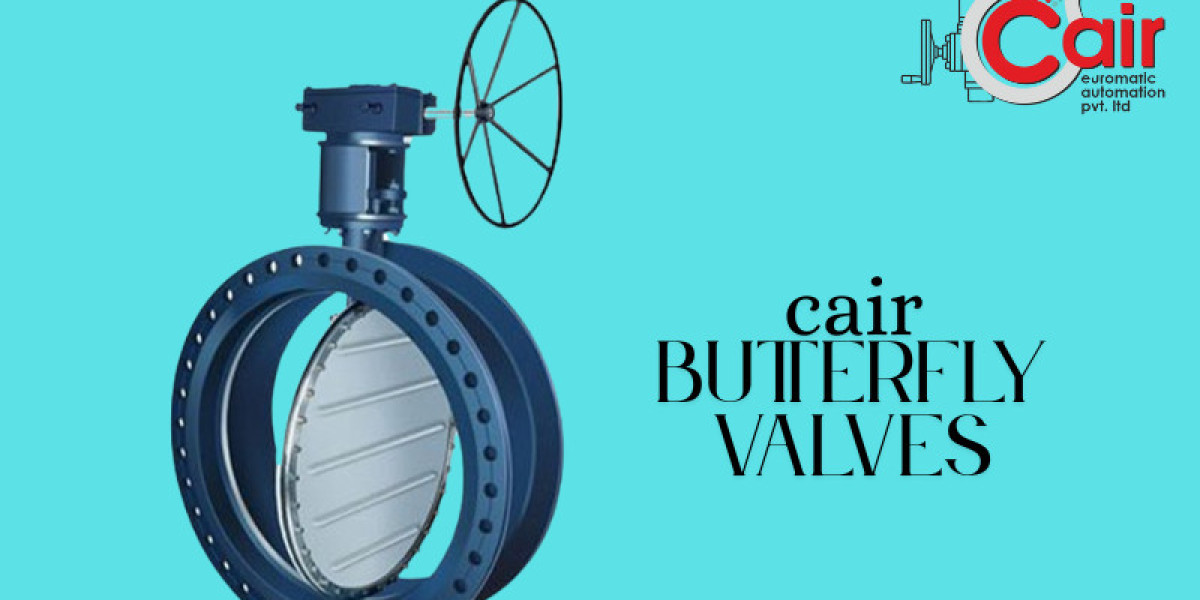When it comes to flow control in industrial systems, choosing the right valve can make all the difference. Two of the most commonly used valves are the butterfly valve and the gate valve. Each serves a similar purpose—to start or stop flow—but they function differently and offer unique advantages depending on the application.
At resilientgatevalve, we specialize in providing high-quality flow control solutions tailored to industries such as water management, fire protection, industrial automation, and more. In this guide, we’ll break down the differences between butterfly and gate valves, helping you decide which valve type best fits your system.
What Is a Butterfly Valve?
A butterfly valve is a quarter-turn rotational motion valve that uses a disc to control the flow of liquid or gas. The disc remains in the flow path even when fully open, but its streamlined design minimizes pressure loss.
Key Features:
Compact and lightweight
Quick to operate (90-degree turn)
Ideal for tight spaces
Commonly used in water treatment and HVAC systems
Butterfly valves are favored in situations where space is limited and rapid operation is needed. Thanks to their simple design, they are also easier and more cost-effective to maintain.
What Is a Gate Valve?
A gate valve, often referred to as a sluice valve, operates by lifting a gate or wedge out of the path of the fluid. It’s primarily designed for full open or full close applications and is not suitable for throttling.
Key Features:
Offers minimal pressure drop when fully open
Slower to operate than butterfly valves
Suitable for large-diameter pipes
Ideal for isolation in systems where flow needs to be stopped completely
As a leading Resilient Seated Sluice Valve Manufacturer, resilientgatevalve provides both resilient and Metal Seated Sluice Valve options, engineered for long-lasting durability and performance in demanding environments.
Key Differences Between Butterfly and Gate Valves
Let’s compare the two valve types across several critical factors:
| Feature | Butterfly Valve | Gate Valve |
|---|---|---|
| Design | Compact, disc-based | Larger, uses a vertical gate |
| Operation | Quarter-turn, fast | Multi-turn, slower |
| Space Requirement | Minimal | Requires more installation space |
| Cost | Lower material and maintenance costs | Higher initial and maintenance cost |
| Pressure Loss | Slight pressure drop due to disc | Minimal when fully open |
| Application Fit | Good for throttling and on-off control | Best for full shut-off needs |
When to Choose a Butterfly Valve
A butterfly valve is often the better choice if your system:
Requires quick shut-off
Has space constraints
Needs a cost-effective solution
Involves low- to medium-pressure systems
Is in an environment where regular operation is expected
Butterfly valves are frequently used in water supply, wastewater, and fire protection systems. They are also suitable for integration with Air Valves Single and Double to balance air pressure within pipelines.
When to Choose a Gate Valve
Choose a gate valve when your application demands:
Full flow or complete shut-off (not throttling)
High-pressure and high-temperature capabilities
Minimal flow restriction when open
Isolation for maintenance or safety
For example, Metal Seated Sluice Valves are a preferred option in power plants and chemical processing facilities, where durability and leak-tightness are critical.
Role of Other Valves in System Efficiency
When designing a comprehensive flow control system, gate or butterfly valves are only part of the equation. Other valve types play vital roles:
✅ Air Valves Single and Double
Used to release trapped air in pipelines, enhancing system efficiency and preventing pipeline damage due to pressure fluctuations.
✅ Non Return Valve
Also known as check valves, these prevent backflow and protect equipment such as pumps and compressors. They are often installed downstream of gate or butterfly valves.
✅ Pressure Reducing Valve
Helps maintain safe and consistent downstream pressure in water distribution and industrial systems. This is especially important in systems that include large-diameter sluice valves or butterfly valves.
At resilientgatevalve, we offer these valves as part of our complete system solutions—ensuring that each component works in harmony for optimal performance.
Installation and Maintenance Considerations
? Butterfly Valves:
Easy to install and maintain
Can be mounted in multiple orientations
Require less structural support
? Gate Valves:
More challenging to install due to size and weight
Need more clearance for the gate to rise
Require regular maintenance in abrasive environments
Maintenance teams often appreciate butterfly valves for their accessibility, especially in confined spaces. However, gate valves can offer better longevity in certain rugged applications—especially when you choose a high-quality Metal Seated Sluice Valve.
Cost Comparison
Cost is always a key factor in valve selection.
Butterfly valves are typically more affordable due to their simple construction, lighter weight, and easier installation.
Gate valves generally involve higher initial investment and installation costs, but they may offer longer service life in the right conditions.
That said, the total cost of ownership should always be considered, factoring in installation, maintenance, energy efficiency, and expected lifespan.
Why Choose Resilientgatevalve?
As a trusted Resilient Seated Sluice Valve Manufacturer, resilientgatevalve offers a comprehensive range of industrial valves engineered for reliability and performance. Whether you’re looking for a compact butterfly valve for your water system or a heavy-duty Metal Seated Sluice Valve for an industrial process line, we provide customized solutions to match your operational needs.
We also offer:
Non Return Valves for flow direction control
Air Valves Single and Double for air release
Pressure Reducing Valves for pressure management
Our technical experts are here to help you design a complete system that balances flow control, safety, and efficiency.
Conclusion
Both butterfly valves and gate valves are essential tools in industrial fluid management—but the best choice depends on your system’s specific needs.
Choose a butterfly valve for fast operation, space savings, and lower cost.
Opt for a gate valve where complete flow isolation, high durability, or zero pressure drop is critical.
By understanding how these valves differ—and how they work with other components like Non Return Valves, Air Valves, and Pressure Reducing Valves—you can build a more reliable and efficient system.
At resilientgatevalve, we combine over three decades of manufacturing expertise with a commitment to quality, helping industries worldwide make the right choice in flow control.








